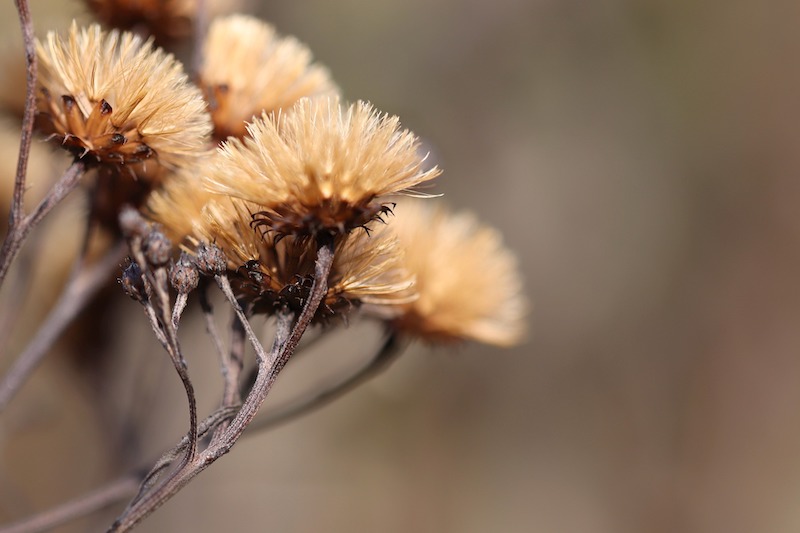Asters require little to no pruning except in late fall when they may be cut back to just a few inches above the ground. In the summer, they may be thinned or divided to promote air flow, and pinched back to stimulate more lateral branching. Remove the spent flowering stems after blooming to prevent self-seeding and encourage rebloom.

When to Prune Asters
Asters may be pruned in early spring to remove any foliage or stems damaged during winter. Then in midsummer, you can cut back the plant by half to encourage more growth and blossoms in the fall. Keep the plants deadheaded all season to maintain a tidy appearance and prevent self-seeding. Asters may be pruned back to just a few inches above the soil line in late fall when they have finished flowering.

Why Prune Asters
If the aster plant is overgrown by the end of the season and too big for the space, the plant can be divided and replanted. A small clump can be replanted in the original location, and the new clumps can be transplanted elsewhere in the garden. Thinning the plants also helps to promote air circulation, which will reduce the risk of powdery mildew forming on the foliage. Deadheading ensures that the flowers will not go to seed and the plant can put more energy into reblooming.

How to Prune Asters
Asters do not require pruning except to maintain shape and encourage a bushy appearance.
Step 1 - Prune in early spring. Thin out any dead crowns and remove old wood.
Step 2 - Cut back to half its height in midsummer to create a bushier plant and more blooms in fall.
Step 3 - Thin the plant by removing approximately a third of the stems using pruning shears.
Step 4 - Remove spent flowers by cutting the entire flowering stem down to the base.
Aster Pruning Tips
- Cut flowers to stimulate new growth
- Cut back at season’s end
- Deadhead
- Divide in spring
- Pinch back to shape
- Prune on dry mornings
- Use sharp, sanitary pruners
 |
Author Chris Link - Published 08-29-2022 |
